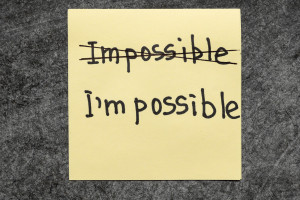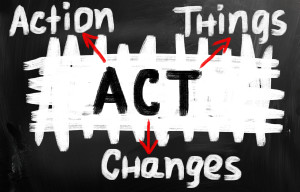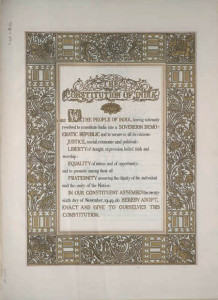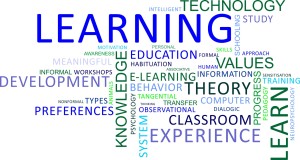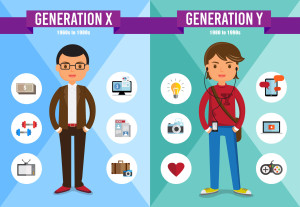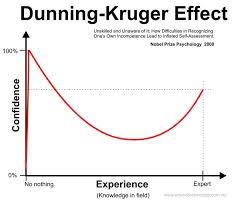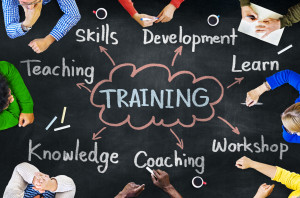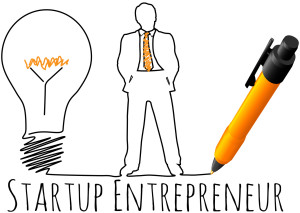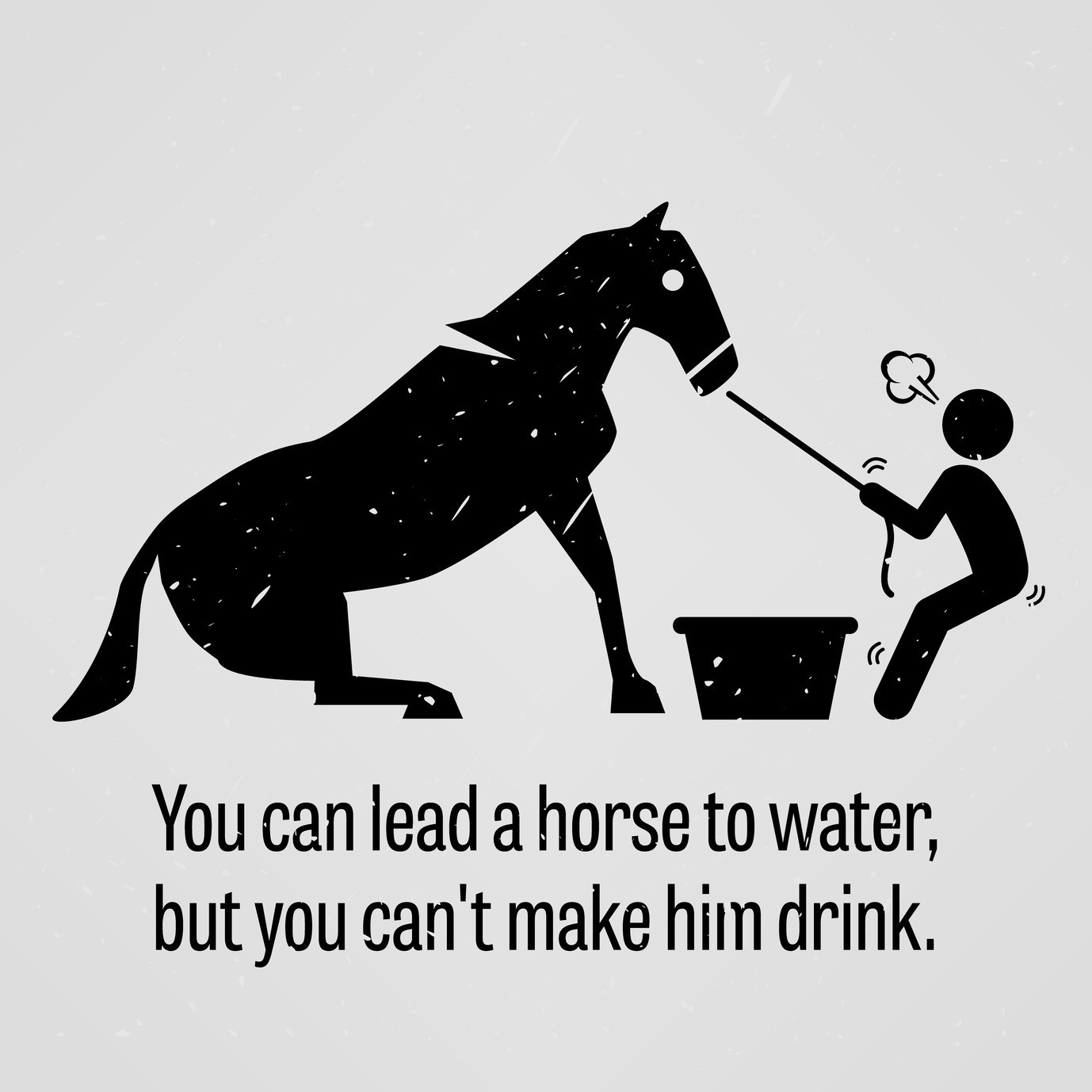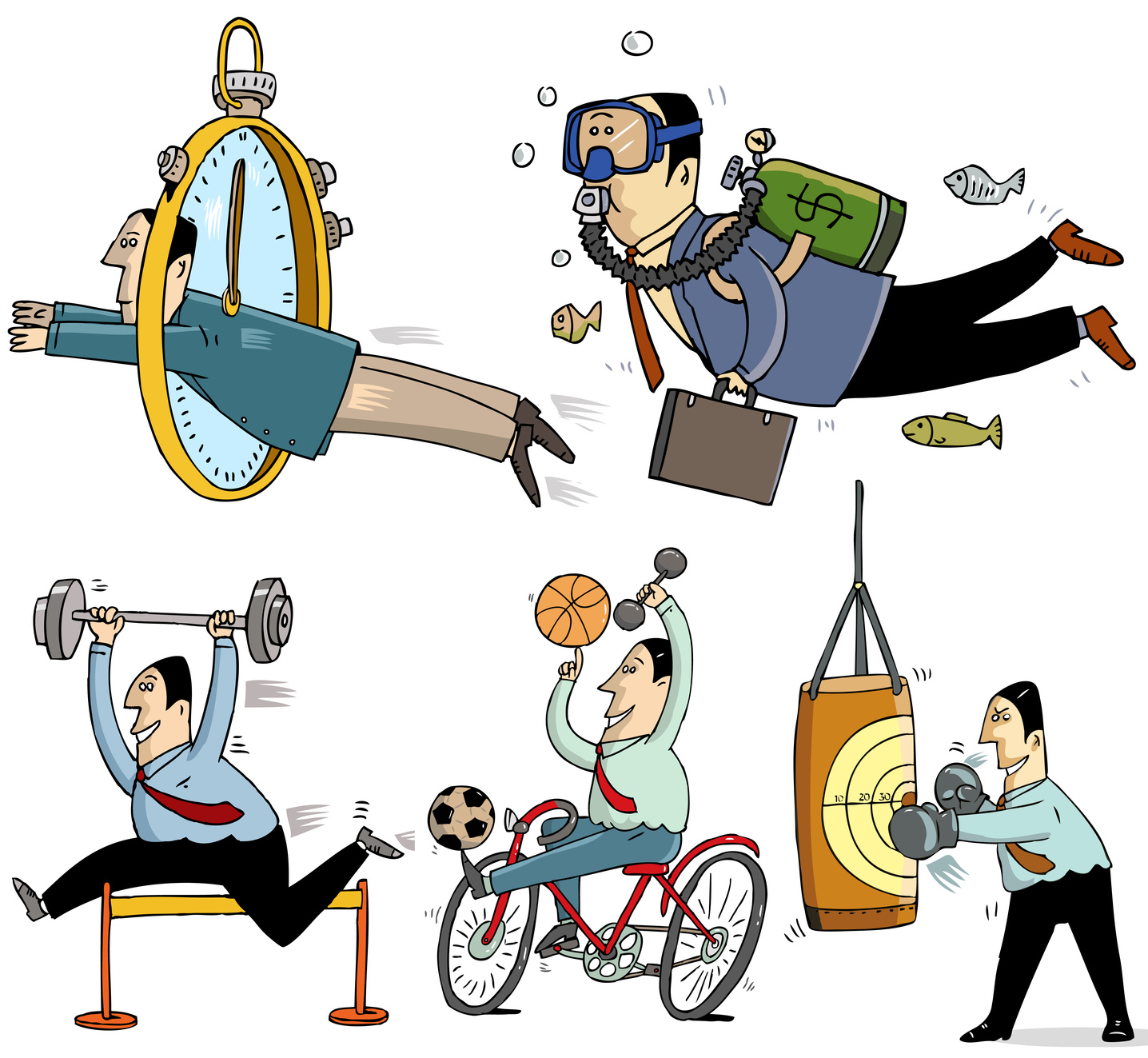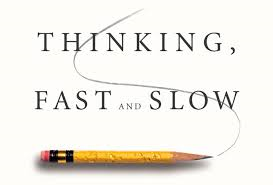Some time back I attended a leadership conclave with the title ‘I transform, India transforms’. I had a great opportunity to listen to people from different fields, especially those who have made significant contribution in their area.
One such speaker was Amish Tripathi. Amish is a famous Indian author known for his trilogy on lord Shiva, ‘The immortals of meluha’, ‘the secret of Nagas’, ‘the oath of vayuputras’ and now the recently released book on Lord Rama ‘Scion of Ikshvaku’. During his speech at the conclave, he narrated an instance of Olympics games that were held in Beijing.
He said when the Beijing Olympics were held, the authorities there felt that the city should look super clean as the world will be watching them. The orders were issued accordingly and the civic authorities got into action, the citizens like the disciplined soldier swung into action and the city was made super clean even before the specified timelines. All of us in the audience were impressed.
 Amish however did not stop at this. He continued saying that the authorities thought that since the international delegates were coming to Beijing, it is prudent that the citizens follow a certain code. Hence they came up with the rule book or guidelines. The rule book specified how the citizens should behave, how they should do the handshake and for how long, transportation guidelines etc. Amish went on. He said the authorities even specified the color of the socks to be worn by people of Beijing on one particular day as a show of unity and support.
Amish however did not stop at this. He continued saying that the authorities thought that since the international delegates were coming to Beijing, it is prudent that the citizens follow a certain code. Hence they came up with the rule book or guidelines. The rule book specified how the citizens should behave, how they should do the handshake and for how long, transportation guidelines etc. Amish went on. He said the authorities even specified the color of the socks to be worn by people of Beijing on one particular day as a show of unity and support.
The question that Amish asked was that how would have been the reaction of Beijing people after listening to or reading about these directives and what would have been the compliance rate? It didn’t take much for the audience to agree and confirm that the people in Beijing would have complied 100%.
What gave a twist to the narrative is the next question that Amish asked all of us. He said imagine this situation in any city of India. If such directives had come to people in that city, what do you think would have happened?
I think we in the audience were not prepared for this question. There was complete silence for few seconds and all of us looked at each other and busted into laughter. What we were indicating through that laughter was a very important point. And the point is we would have been largely non-compliant.
He said there are many who say that nothing can change in India but getting in such kind of conversations can be very demoralizing. We must remember that any nation is essentially built of its people and what the people think has an
impact on the future of the nation. So if we can think and transform our own behavior is when India can change. We need to realise that it within our power to transform India. A leader must inspire, empower and transform himself, his land and his people.
I think the message to all of us was quite loud and clear inspite of his subtle way of narration. The message was that it is me who need to take the first step. The theme of the leadership conclave pretty much indicated that. I transform; India transforms.

